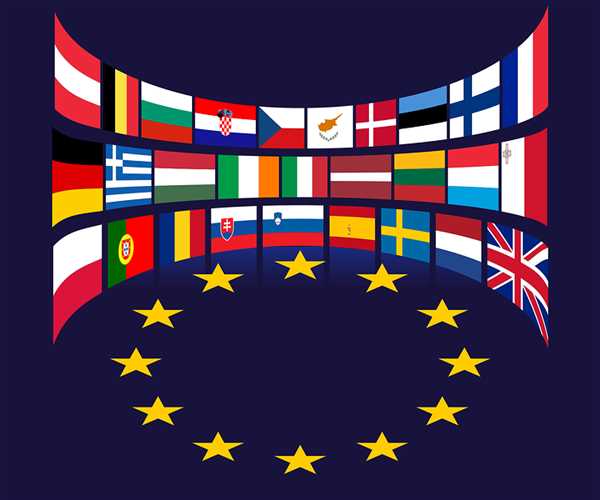The European Union is an alliance comprising 27 member countries situated mainly in Europe, encompassing both political and economic union. The EU operates through a system of institutions and decision-making structures and is one of the world's largest and most important economic regions. As a result of the integration of member states, the EU has created various data series which aggregate the data of its member states.
Aggregated EU Data Series
The aggregated EU data series includes the data of all 27 EU member states. These series are used to provide a comprehensive overview of various aspects of the EU economy, such as Gross Domestic Product (GDP), employment, trade, inflation, and many others. The EU data series are important for understanding the EU's overall economic performance and developments and for making informed policy decisions.
Included EU Member States
The 27 EU member states included in the aggregated EU data series are Austria, Belgium, Bulgaria, Croatia, Cyprus, Czech Republic, Denmark, Estonia, Finland, France, Germany, Greece, Hungary, Ireland, Italy, Latvia, Lithuania, Luxembourg, Malta, Netherlands, Poland, Portugal, Romania, Slovakia, Slovenia, Spain, and Sweden.

Why is the European Union data series adopted?
The European Union (EU) data series is adopted for several reasons, including the need for a comprehensive and consistent picture of the economic and social situation across the EU. The aggregation of data from the 27 member states helps to create a single, unified view of the EU's economy, demography, and society, making it easier to identify trends, analyze patterns, and compare conditions.
This information is important for policymakers, economists, and other stakeholders who need to understand the EU's overall economic and social performance in order to make informed decisions and develop effective strategies. Additionally, the EU data series helps to promote transparency, accountability, and public trust in the EU by providing a reliable and up-to-date source of information about the EU's economic and social situation.
Conclusion
The aggregated EU data series provide a comprehensive overview of the EU economy, including the performance and developments of its 27 member states. These data series are essential for understanding the EU economy and making informed policy decisions. The inclusion of all 27 EU member states in these series ensures that the data is representative of the entire EU region and provides a complete picture of its economic landscape.